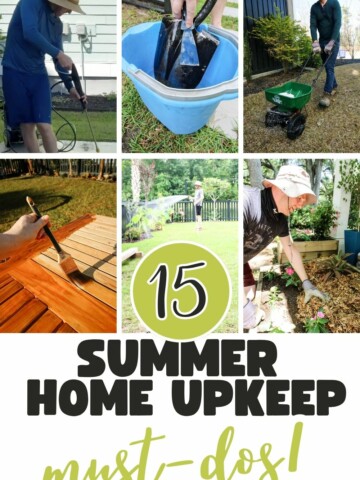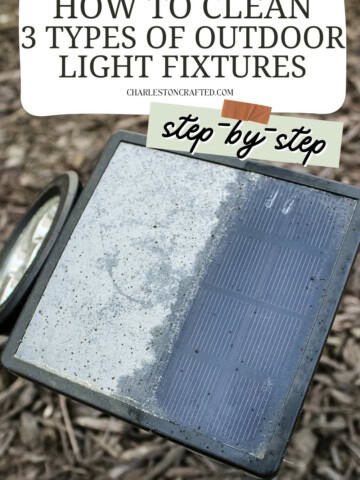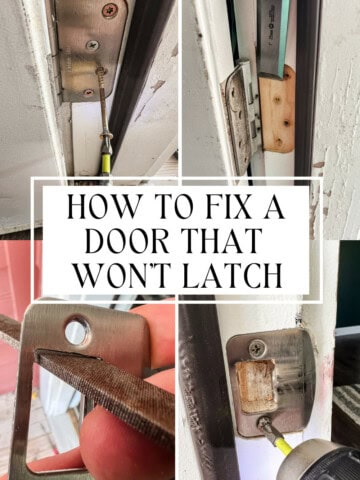Ready to keep your garden and home in tip-top shape? Our handy Garden Maintenance Checklist has got you covered, with easy-to-follow tips that work hand-in-hand with your home maintenance checklists. Let's make sure your green space stays lush all year round!
Everybody wants a beautiful garden - but gardeners know that it takes a lot of work (and often money) to keep it that way!
Even if you do go out and buy and plant beautiful new plants, you have to constantly maintain it to keep it looking good.
Today we are excited to share a list of regular garden maintenance tasks - and a convenient printable checklist - to help you take control of your green space!
Be sure to check out our Monthly Garden & Lawn Checklist for a month-by-month guide to yard maintenance!
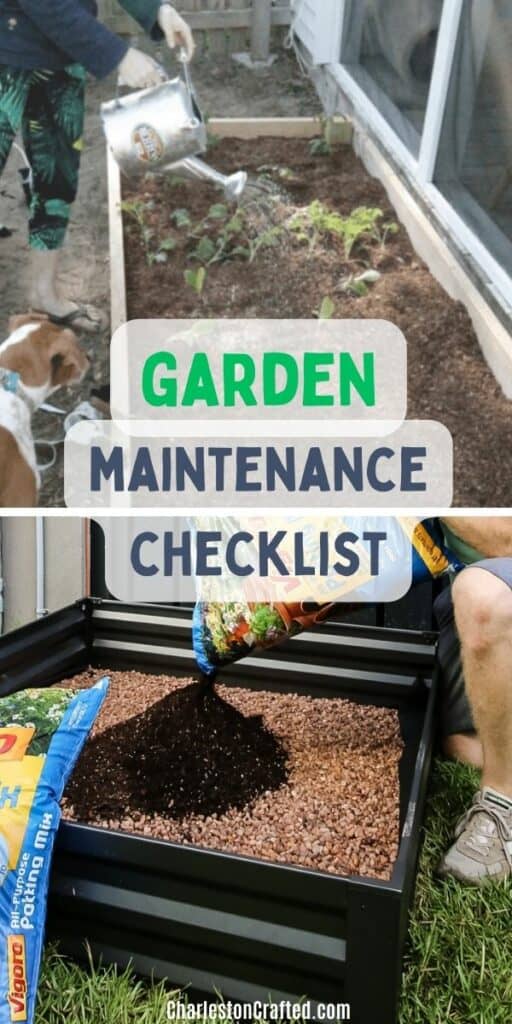
Garden Maintenance Checklist
Here are the tasks you need to take on to keep your garden in top shape!
Soil Care
Healthy soil is key to happy, healthy plants. Here are some soil-related tasks to consider:
- Test your soil's pH and nutrients periodically, and amend accordingly
- Apply compost or fertilizer monthly in warm, growing months
- Aerate your soil if it feels compact to the touch
- Mulch to help retain moisture, reduce weeds, and regulate soil temperature
- Consider crop rotation - even in a small garden, rotating where you plant certain types of plants each year can help prevent soil-borne diseases and pests and improve nutrients!
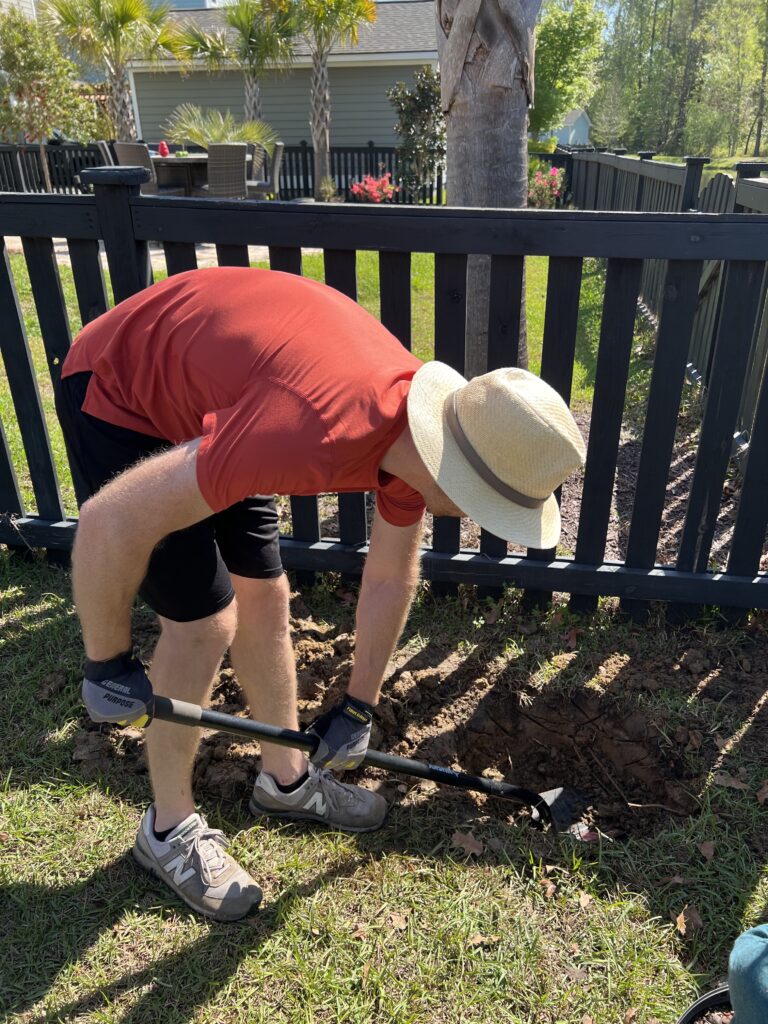
Watering Techniques
Water is essential to keeping your plants alive. Depending on where you live, you may have to water more than others.
- Water as efficiently as possible - don't water in the middle of the hot day, when it will evaporate quickly. Try to water in early morning when possible.
- Use soaker hoses and drip irrigation to avoid getting water on the leaves (and for convenience).
- Pay attention to the different watering needs of different plants and water accordingly.
- Be sure that your plants have good drainage so they don't end up sitting in pooling water, even after a storm.
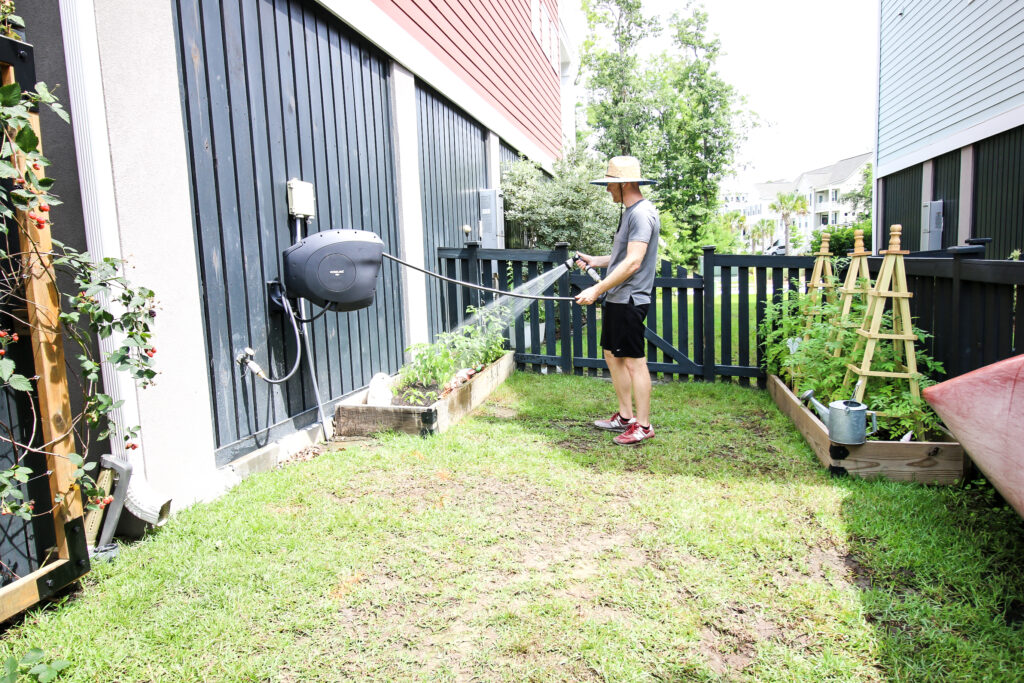
Weed Management
Weeds are so annoying, but I do find weeding to be therapeutic at times. However, when the weeds really accumulate, it's just overwhelming. That's why it's so important to stay on top of weeding!
- Check for and pull weeds as often as possible during the growing months.
- Mulch around plants to help cut down on weeds.
- When possible, place a weed barrier under planters to cut down on weed growth.
- Don't apply poisons or weed killers near your precious plants, especially edibles.
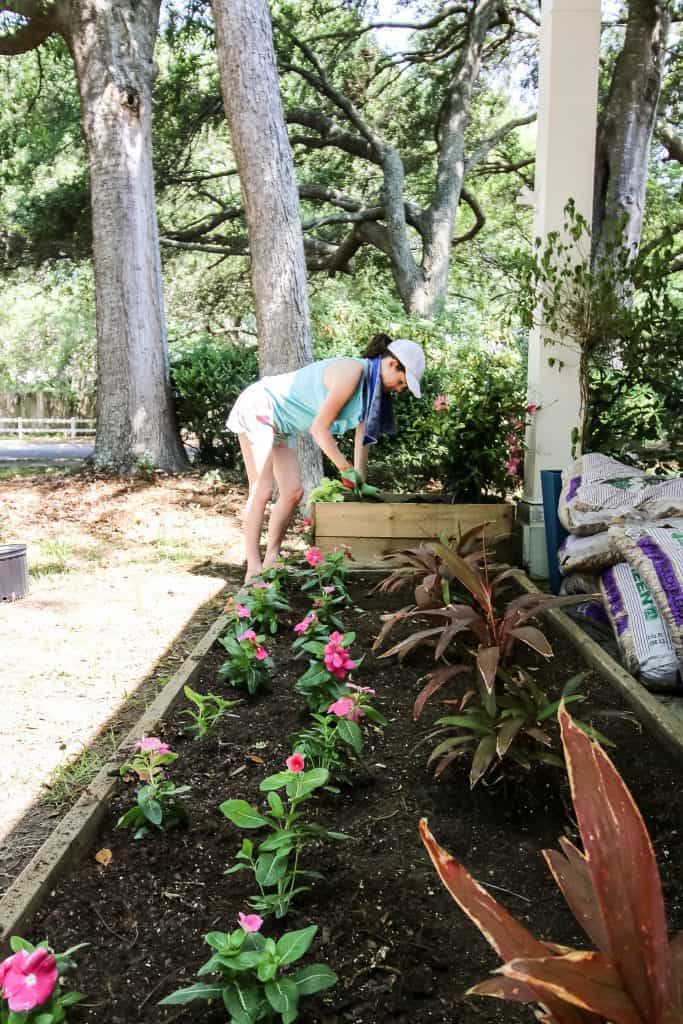
Pest and Disease Control
Another thing that can ruin a good garden quickly is pests! This is super situational, but pay attention to what pests pop up in your area and try to keep them away from your plants.
- Monitor your garden for signs of pests (or diseases) and identify them as soon as possible.
- Encourage beneficial insects - like ladybugs that eat aphids! Consider building a bug hotel
- Consider planting plants that naturally repel insects.
- Spray natural pest control - like neem oil - as needed
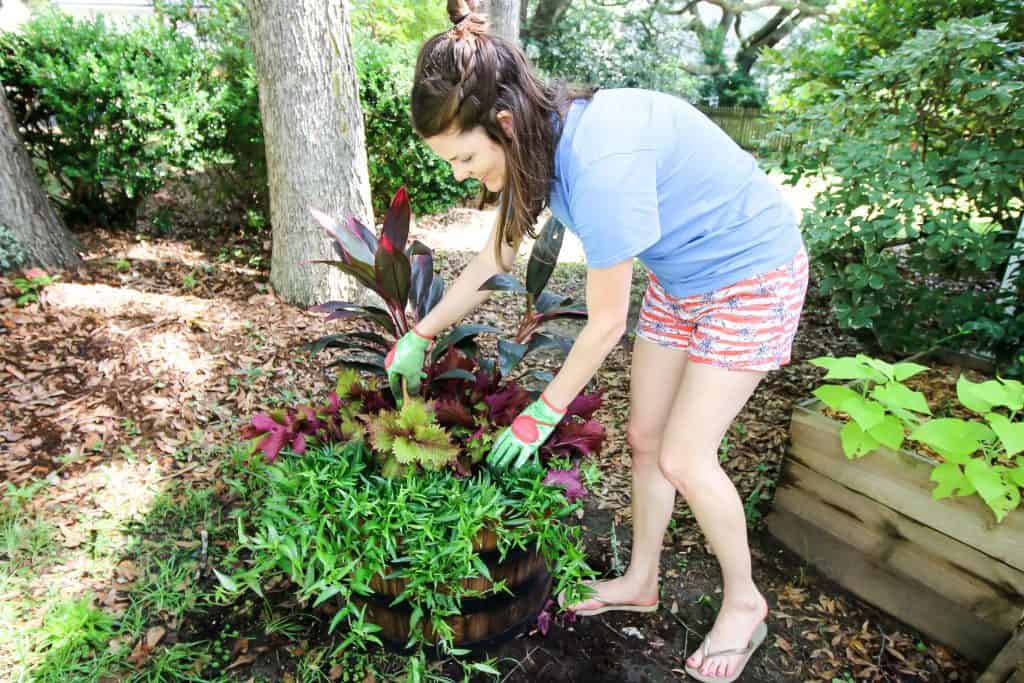
Pruning and Deadheading
As the season progresses, you have going to have to deal with pruning and deadheading your plants.
- Never prune back more than ⅓ of a plant at once - it could cause it to go into shock
- Research each specific plant and the best time and way to prune it - it really varies by plant.
- Regularly deadhead by removing dead flowers to encourage new blooms to grow.
- Remove dead or diseased branches for aesthetics and to encourage proper growth.
Consider setting up a compost bin to re-purpose old cuttings and leaves!
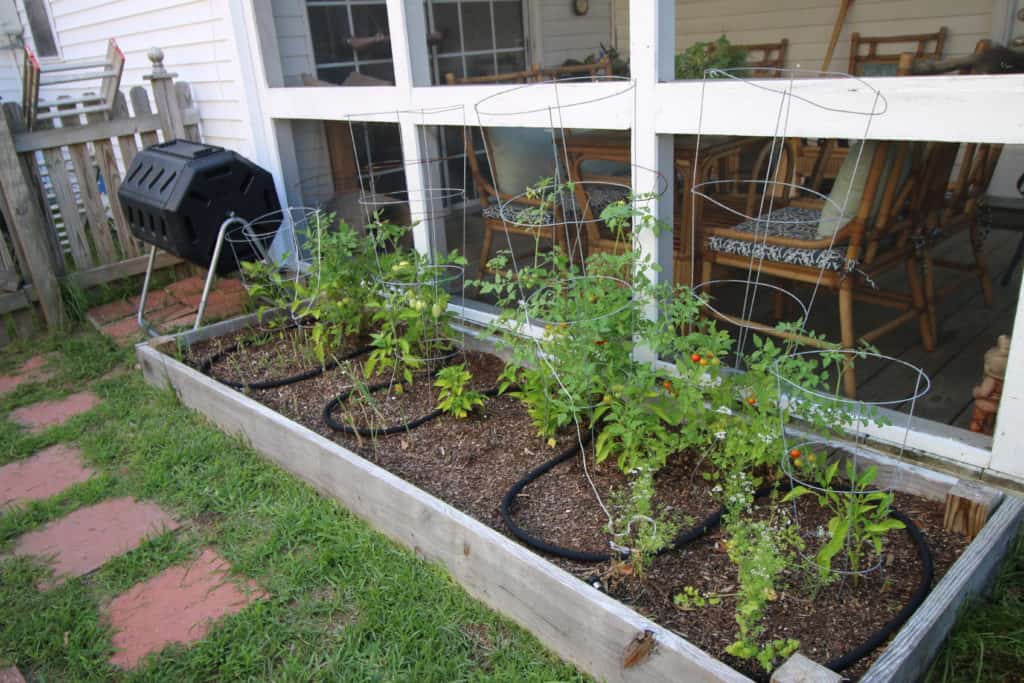
Plant Support and Training
A lush-growing plant is awesome! Sometimes, they can grow so fast they start to flop over. Then can lead to breakage - not good! Here's some tips to keep it under control.
- Monitor your plants regularly so you notice if something is falling or damaged.
- Consider the right sort of support per plant: staking, a trellis, or a cage are popular options.
- You might build your own plant support - like this DIY tomato cage!
- Simple bamboo stakes can be very effective - don't over complicate it!
- Check your staked plants regularly to make sure they are secure and don't need a taller support.
- Think about directionality and light - if plants are leaning towards the light, maybe they need to be moved to a sunnier spot!
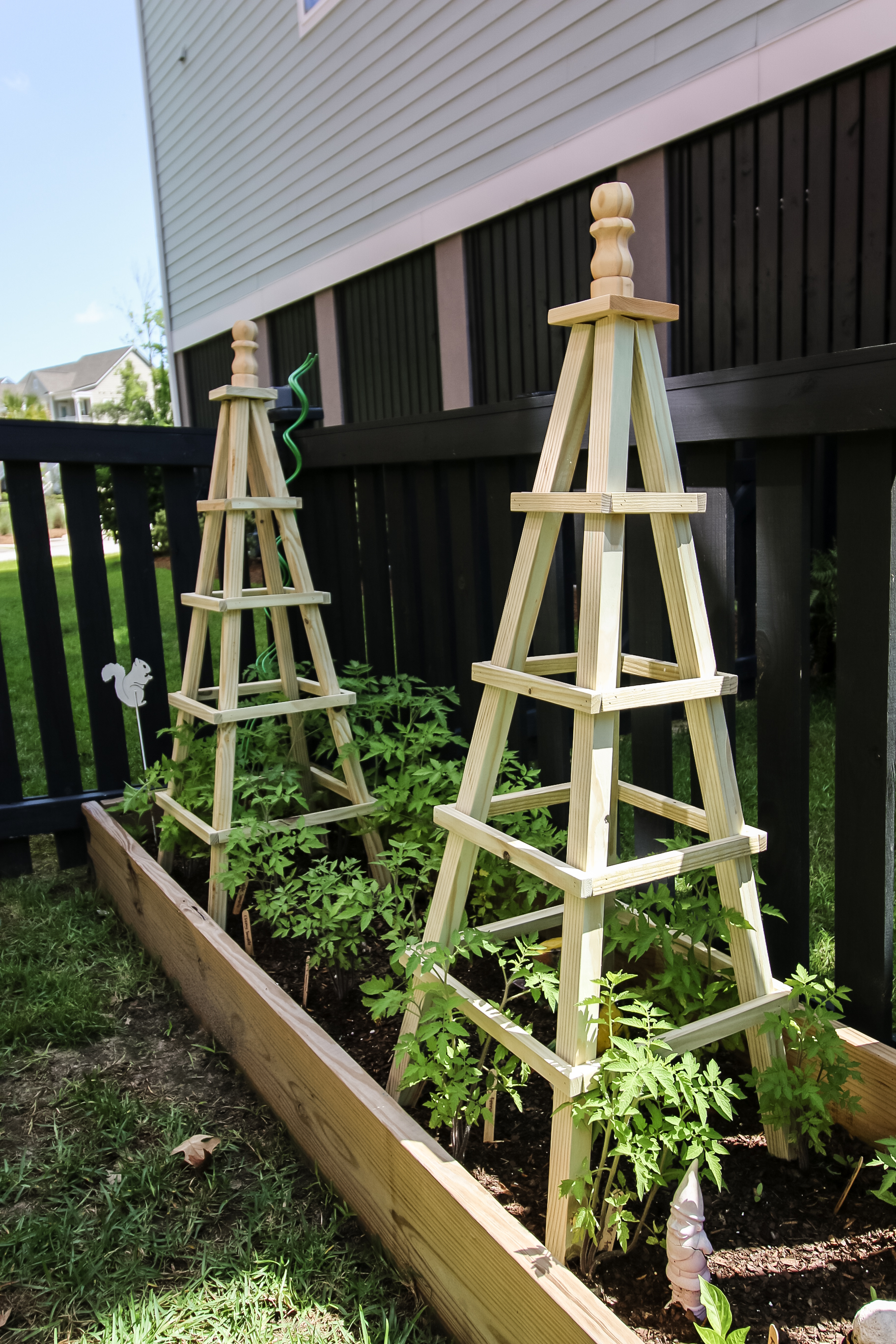
Seasonal Tasks
While the above tasks should be done year-round, there are some seasonal-specific gardening tasks. Check out our month-by-month yard maintenance checklist, too!
Spring
- Clean up garden beds, removing debris and dead plant material.
- Test soil and amend with compost to prepare for planting.
- Plant spring annuals and perennials.
- Start seeds indoors for summer flowers and vegetables.
- Prune shrubs and trees, as needed, before new growth begins.
- Apply mulch to conserve moisture and suppress weeds.
Summer
- Water plants deeply and consistently during dry periods.
- Monitor for pests and diseases; treat as needed.
- Harvest vegetables and herbs regularly to encourage further production.
- Deadhead flowers to promote continuous blooming.
- Add support for tall plants and vines.
Fall
- Plant fall crops and spring-blooming bulbs.
- Collect and save seeds from favorite plants.
- Apply organic matter to enrich the soil.
- Rake up fallen leaves and add them to the compost pile.
- Cut back perennials that have died back; divide and transplant as needed.
Winter
- Protect sensitive plants with mulch or wraps.
- Clean, sharpen, and store garden tools.
- Plan next year's garden, considering crop rotation and new plant varieties.
- Prune dormant trees and shrubs (except those that bloom in spring).
- Focus on indoor gardening activities, such as starting seeds or caring for houseplants.
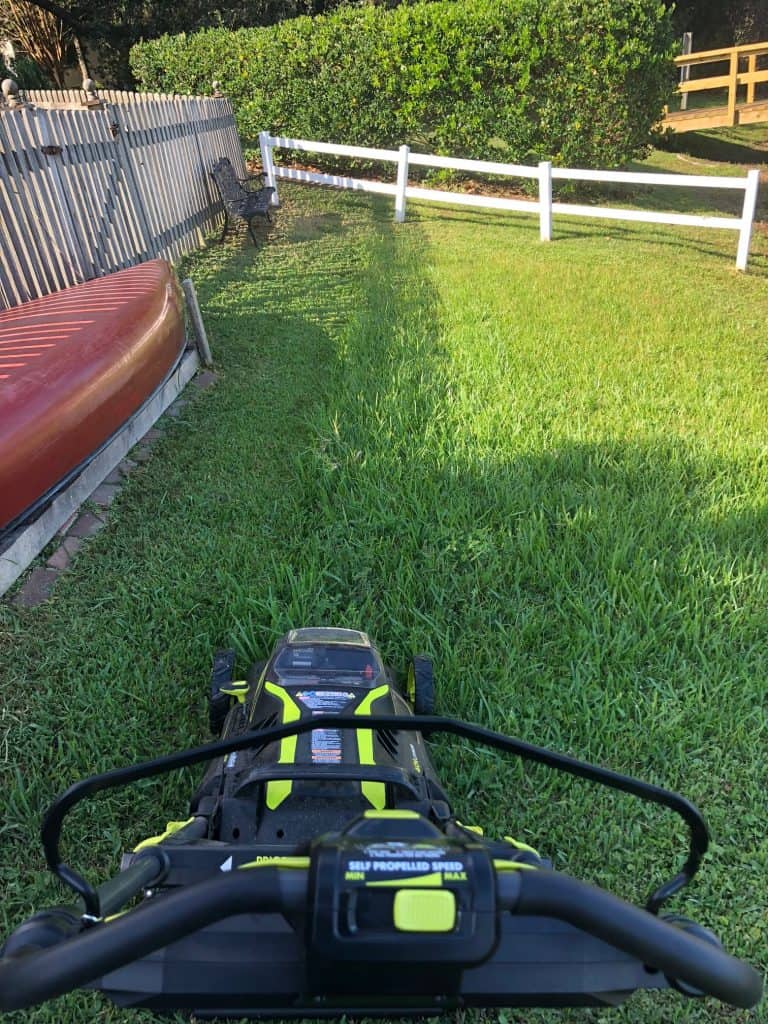
Garden Tools Maintenance
It's important to clean and sharpen your garden tools regularly to keep them in good working condition. Examine them for damage and fix them if you can or toss them if they're no longer safe or effective.
Also, make sure you store your gardening tools properly. Keep them out of weather where they can rust, and keep them out of reach of small kids, who might get into trouble with them.
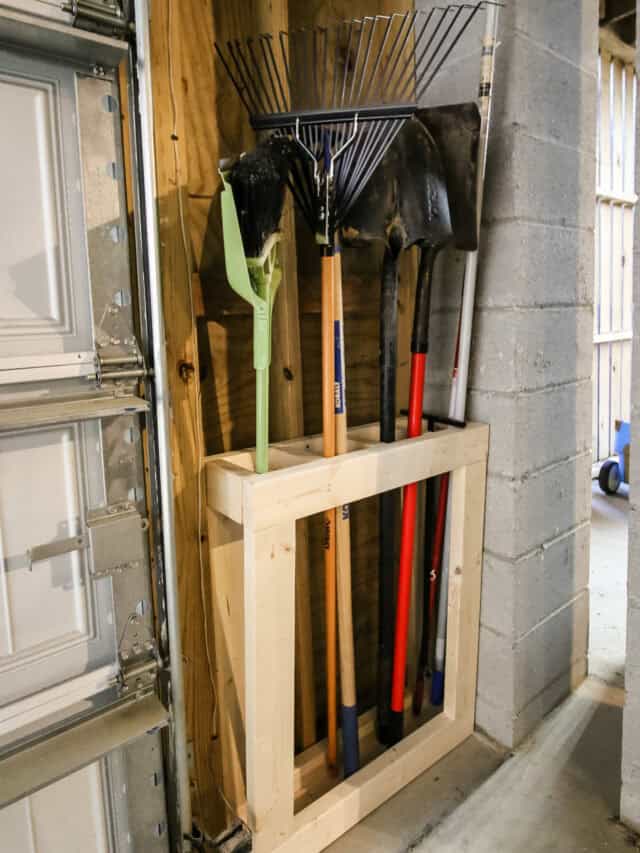
Garden Planning and Journaling
keeping a garden, journal to track plant growth, blooming, and maintenance tasks. There's some thing about writing everything down that makes you really notice patterns and pick up on cause and effect.
Once you understand what's going on with your garden, it's a lot easier to get it moving in a positive direction.
We actually offer a printable PDF garden care journal, check it out!

Gardening can bring you a ton of joy. Keep the good times rolling by staying on top of your garden's regular maintenance. A happy garden makes for a happy gardener!
Free Printable Garden Maintenance Checklist
Be sure to grab our garden maintenance checklist. It's a PDF so you can print it or just view it on your phone or tablet. Save it as a favorite so you can refer back to it periodically!
Click here or the image below to grab your checklist!
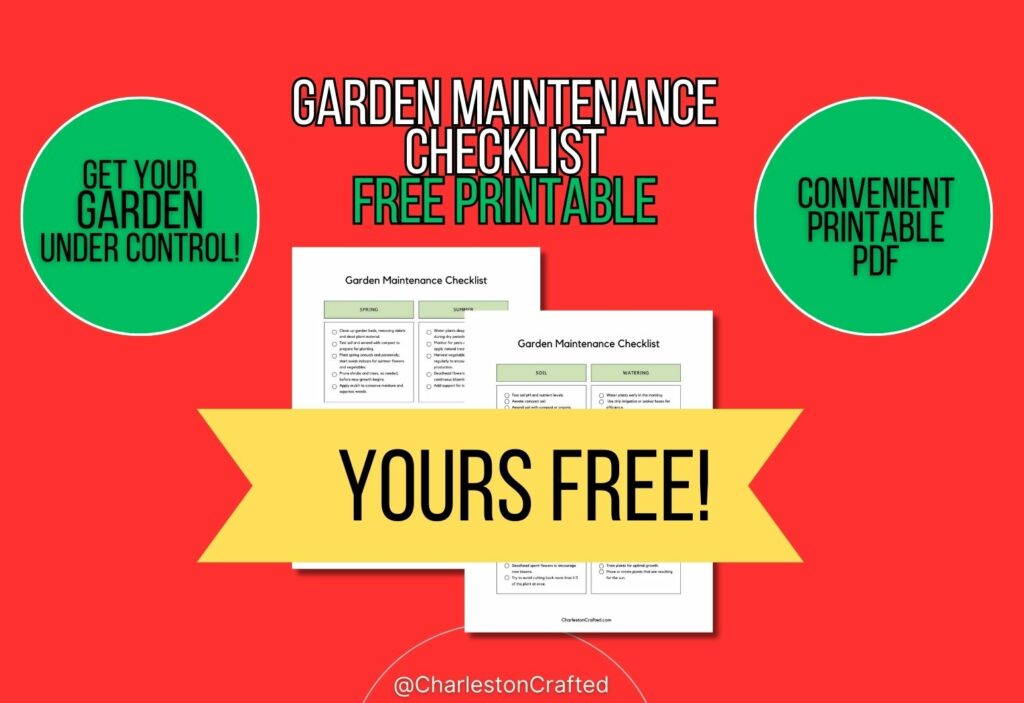
Want more monthly home maintenance checklists?
- Home Maintenance: Monthly, Seasonal, and Annual tasks for every homeowner
- January home maintenance checklist
- February home maintenance checklist
- March home maintenance checklist
- April home maintenance checklist
- May home maintenance checklist
- June home maintenance checklist
- July home maintenance checklist
- August home maintenance checklist
- September home maintenance checklist
- October home maintenance checklist
- November home maintenance checklist
- December home maintenance checklist
Looking for something?
We've been doing this since 2012 so we have a LOT of blog posts!
Search stuff like: Ceiling Projects | DIY Plant Stands | Thrift Flips


Hello, I'm Morgan, half of the creative force behind CharlestonCrafted.com! With a passion for DIY that dates back to 2012, I've transformed three homes and now I'm dedicated to helping others craft their dream spaces. Let's turn your house into a home together!


